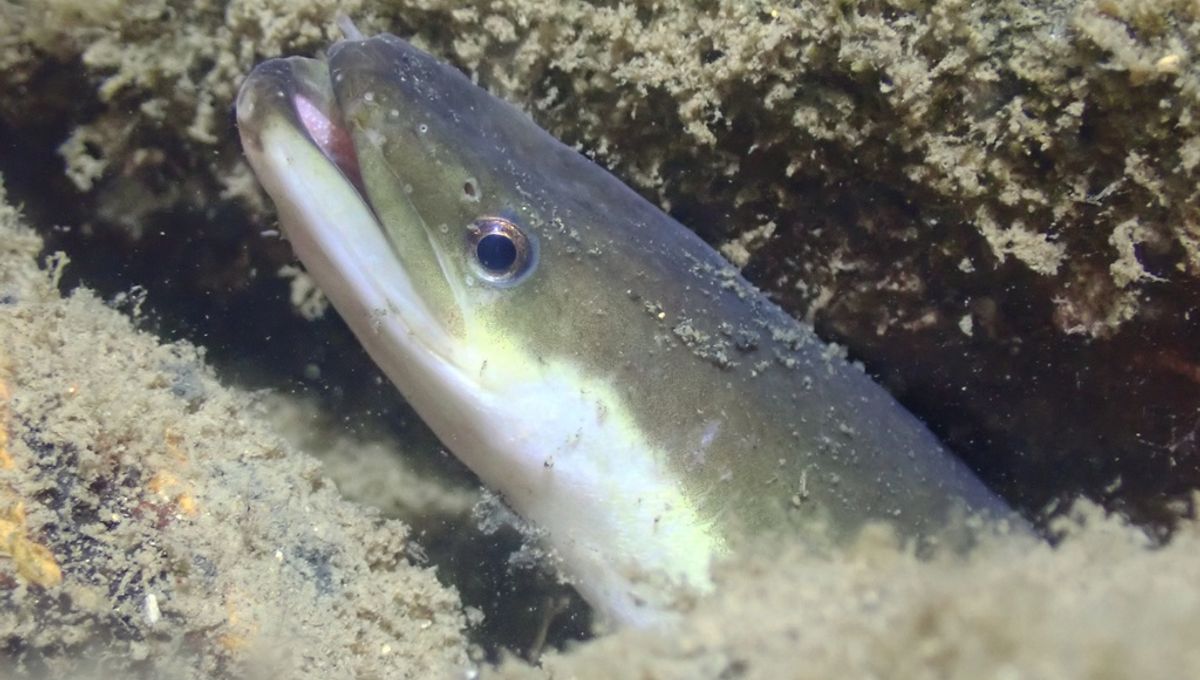
Few people can imagine a worse death that being swallowed alive by some monstrous creature, but that is the reality for many of Earth’s critters. Fortunately, in the case of Japanese eels, being swallowed alive doesn’t have to mean certain death, and they’ve been recorded performing a rather impressive escape tactic.
Japanese eels (Anguilla japonica) are the frequent prey of a nocturnal carnivorous predatory fish species known as dark sleepers (Odontobutis obscura). These dark sleepers are around 25 centimeters long (9.8 inches), roughly double the size of a Japanese eel.
While you might think the eels would be at a serious disadvantage, they’ve come up with a rather ingenious technique for escaping from the digestive tract of their predators. Using an X-ray video system, the eels were seen circling round and round within the body of a dark sleeper before attempting to swim tail-first back up the esophagus of the fish and clean out of the gill clefts.
“We have discovered a unique defensive tactic of juvenile Japanese eels using an X-ray video system: they escape from the predator’s stomach by moving back up the digestive tract towards the gills after being captured by the predatory fish,” said Yuuki Kawabata of Nagasaki University in Japan in a statement. “This study is the first to observe the behavioral patterns and escape processes of prey within the digestive tract of predators.”
The team watched 32 individual eels be captured by the dark sleepers. Thirteen of those made it so that their tails emerged from the gills of the fish, with nine of the eels managing to fully escape from inside the dark sleeper after being swallowed. The team think that the ability to free the tail through the gills is the crucial first step to the eel being able to pull its head out and completely free itself. Two of the eels swallowed aimed for the other exit, but were not successful in escaping the body of the fish.
“The most surprising moment in this study was when we observed the first footage of eels escaping by going back up the digestive tract toward the gill of the predatory fish,” Kawabata says. “At the beginning of the experiment, we speculated that eels would escape directly from the predator’s mouth to the gill. However, contrary to our expectations, witnessing the eels’ desperate escape from the predator’s stomach to the gills was truly astonishing for us.”
On average, the eels that did escape were able to do so in around 56 seconds. The team believe this speed could be a response to the harsh acidic and anaerobic conditions that the eels experience within the body of the dark sleepers. The eels that did not survive being swallowed ceased movement after 211.9 seconds inside the digestive tract.
The researchers believe this is the first time any footage has been captured of any prey within the digestive system of its predator.
The study is published in Current Biology.
Source Link: Watch An Eel Escape "Alien"-Style From The Stomach Of A Dark Sleeper Fish